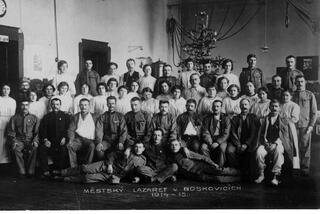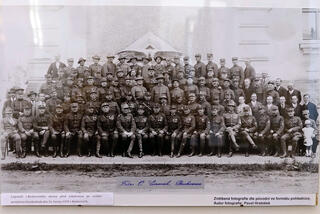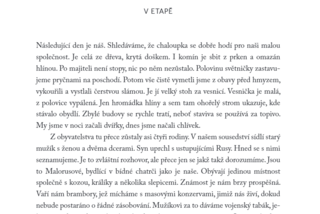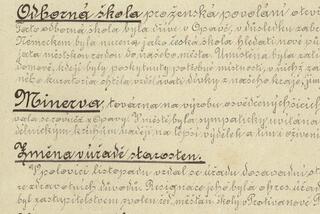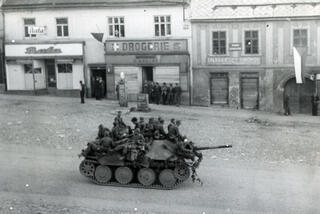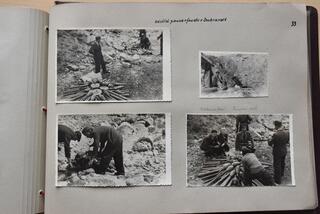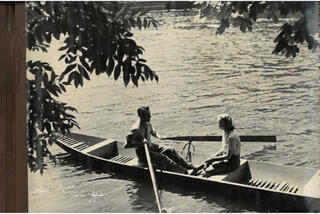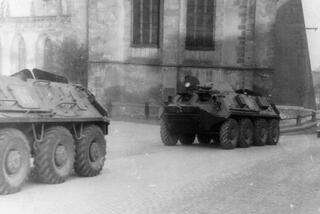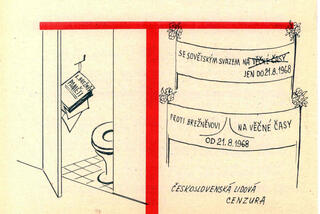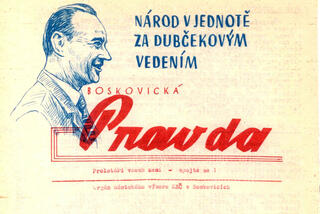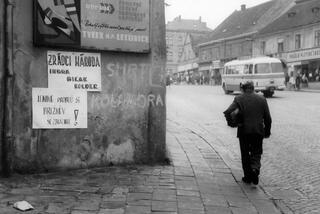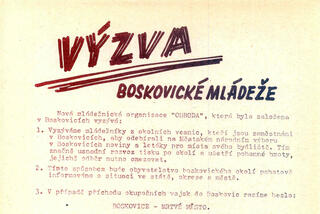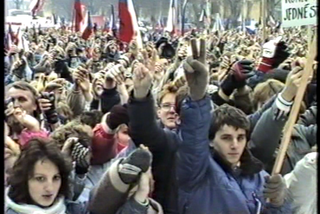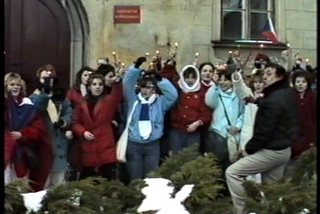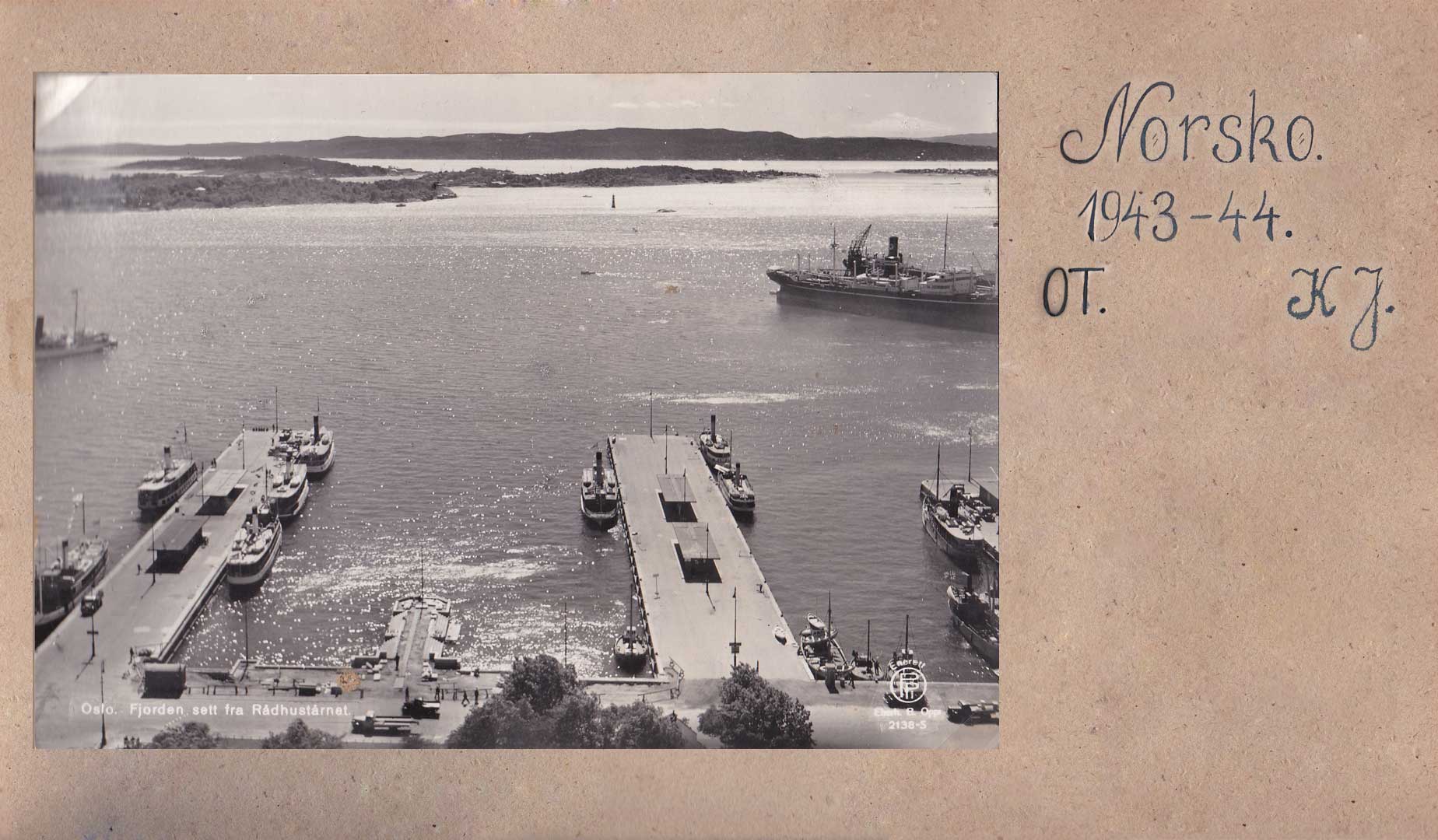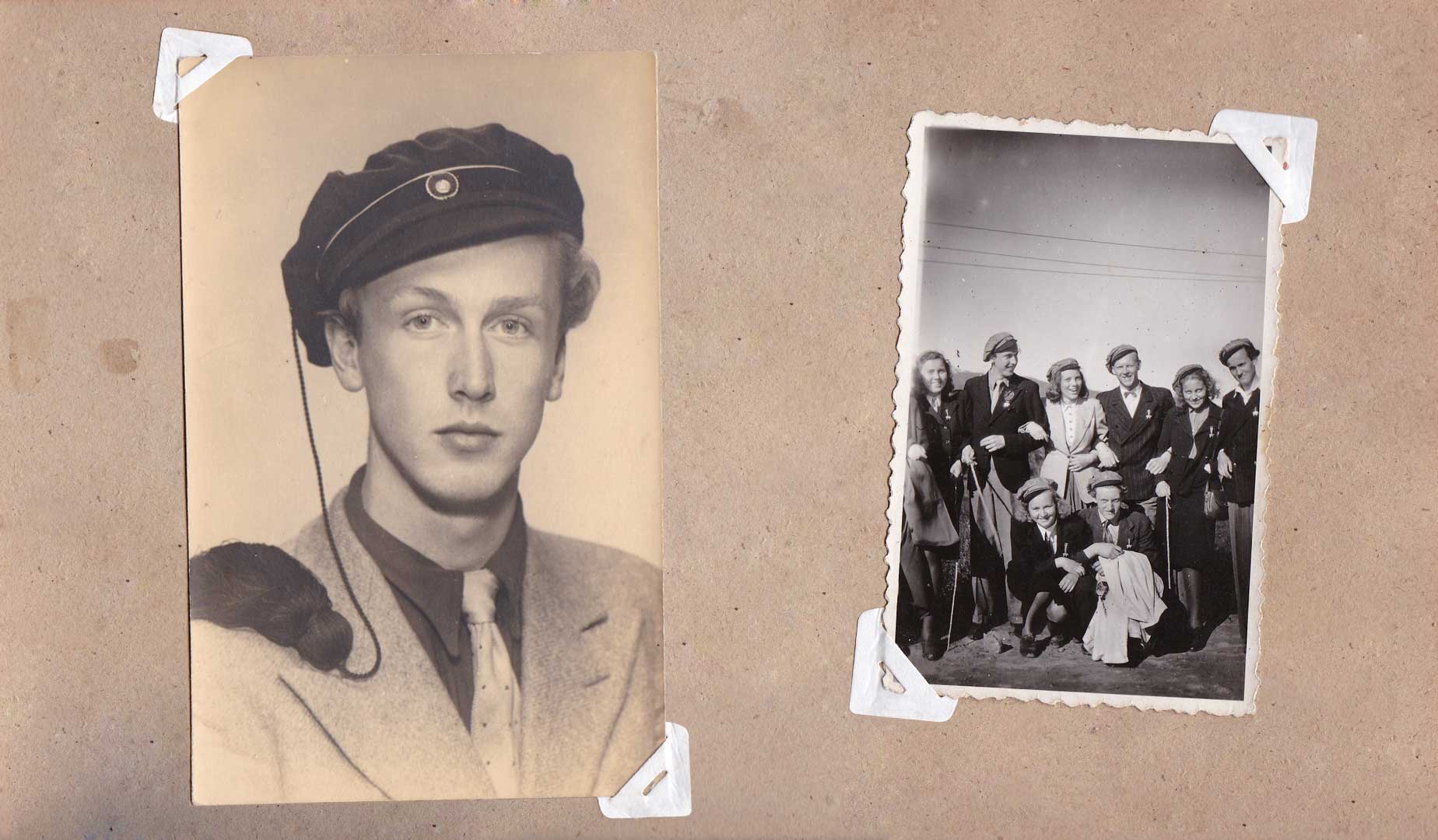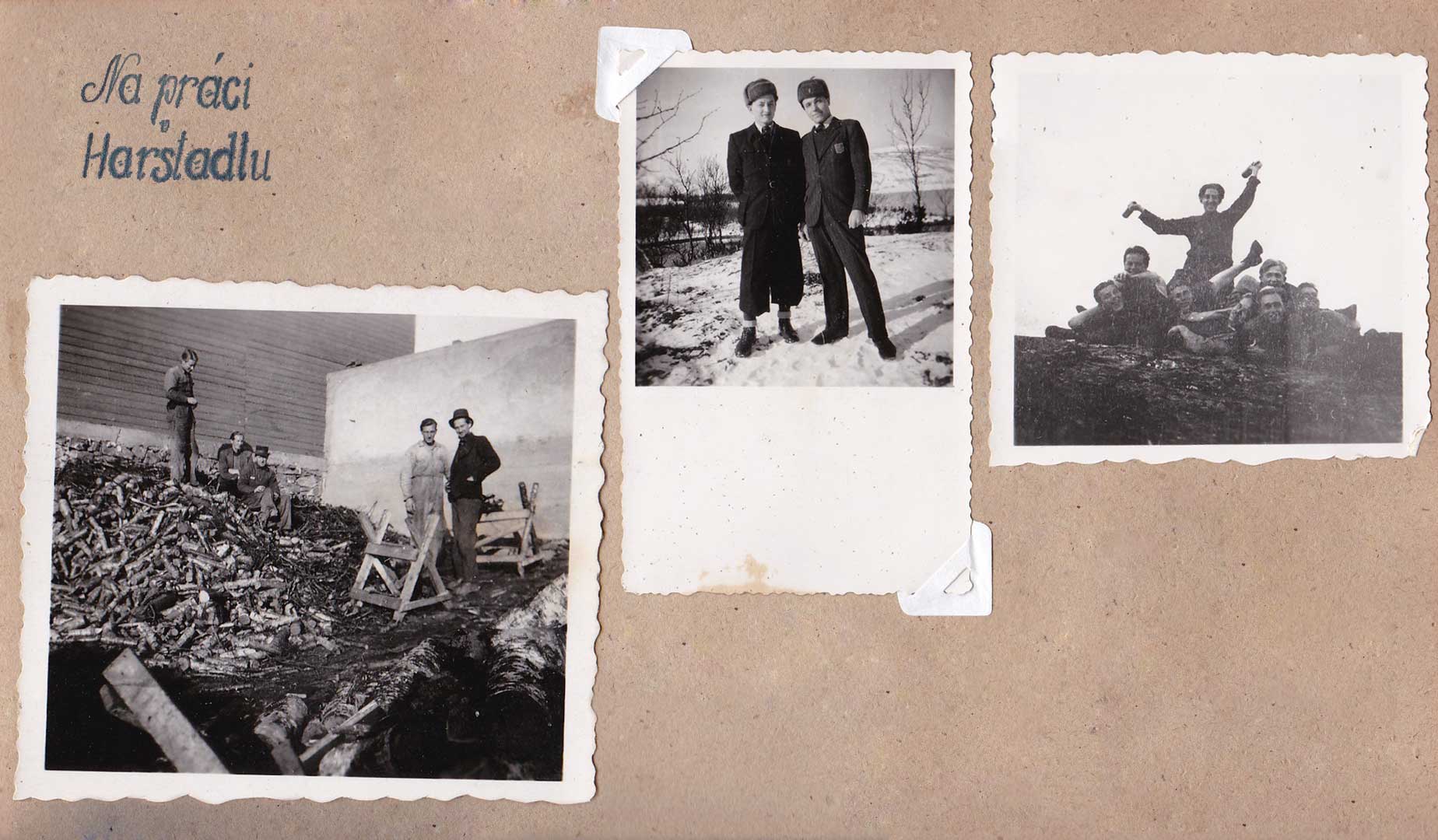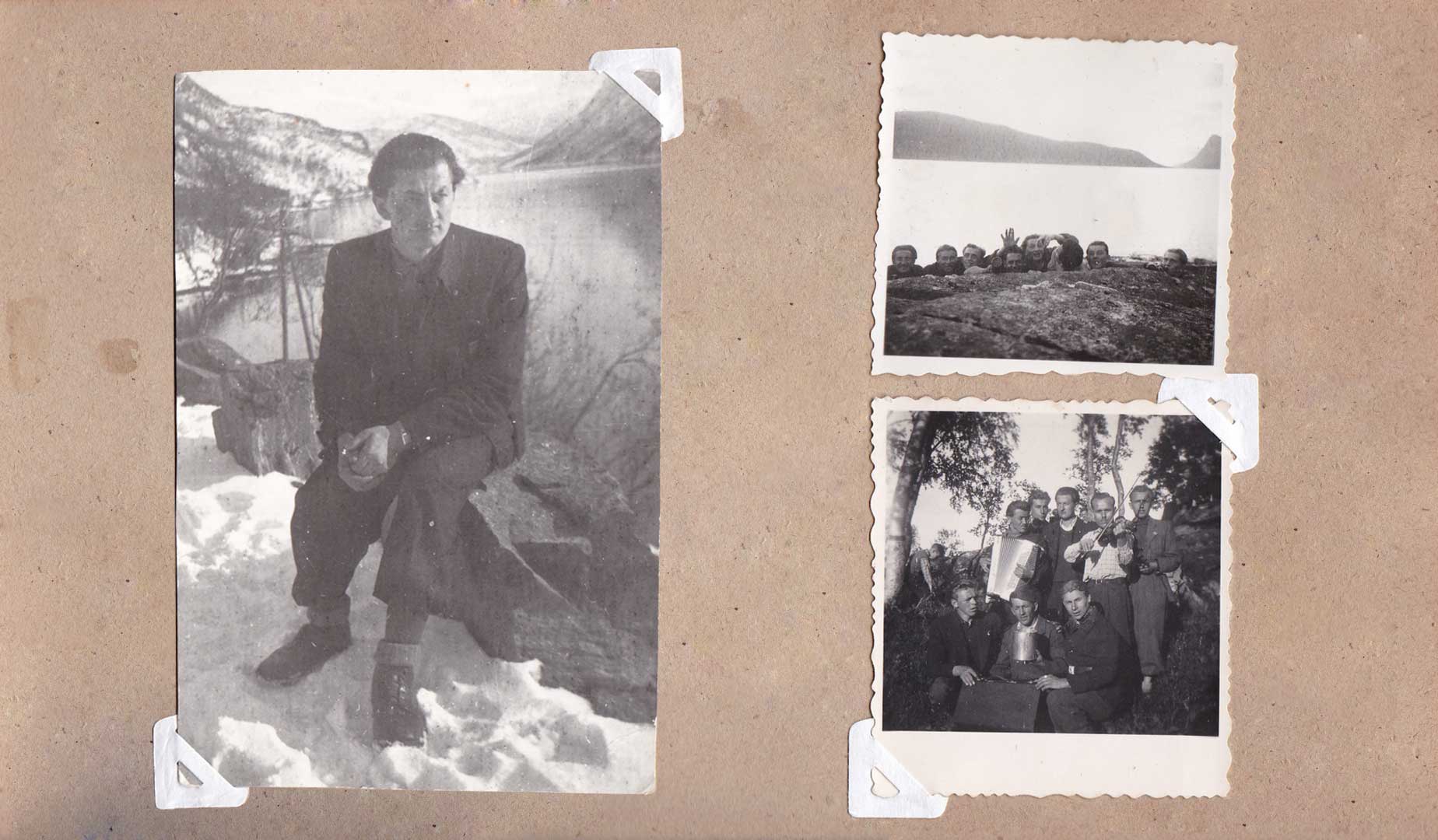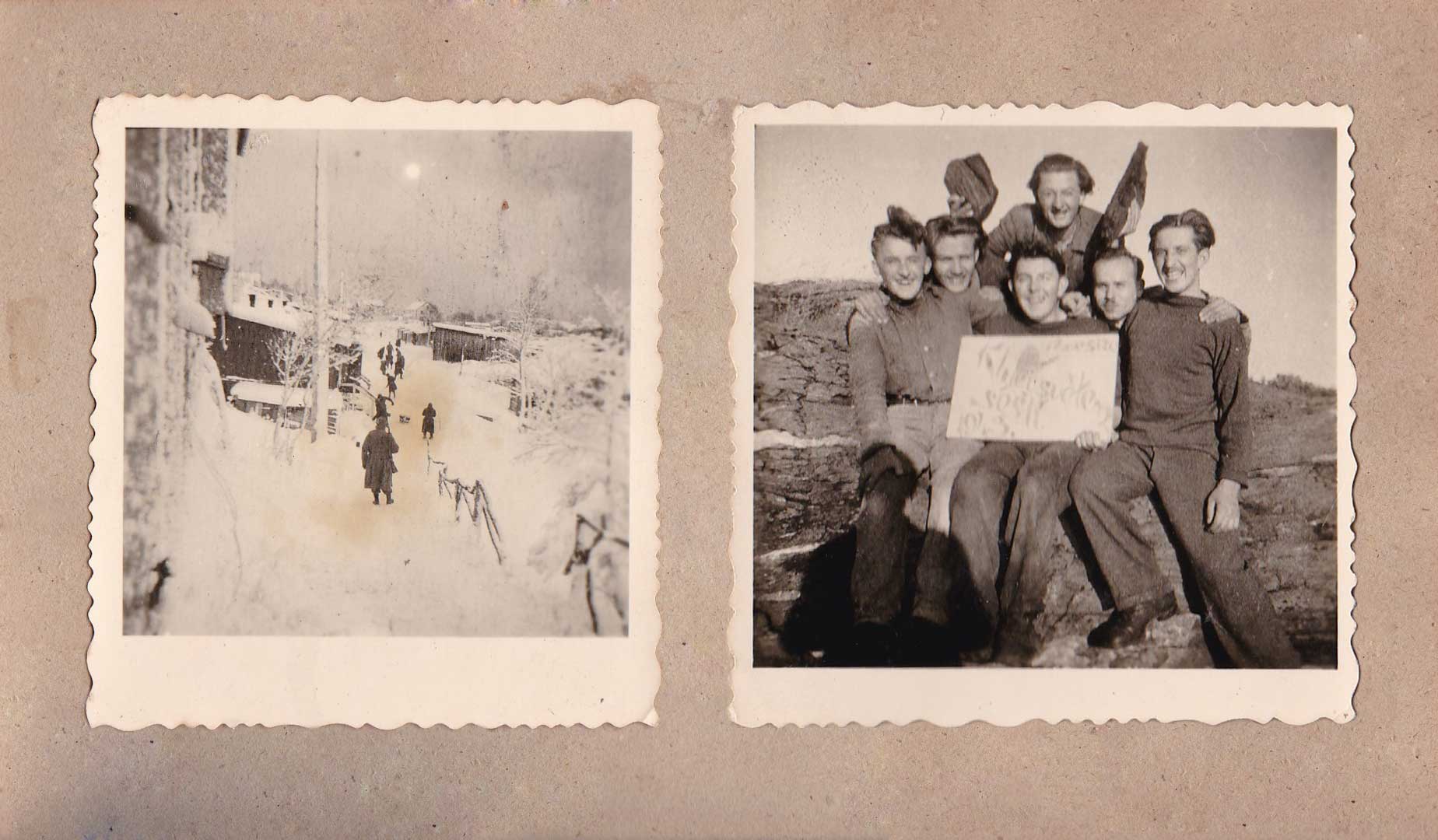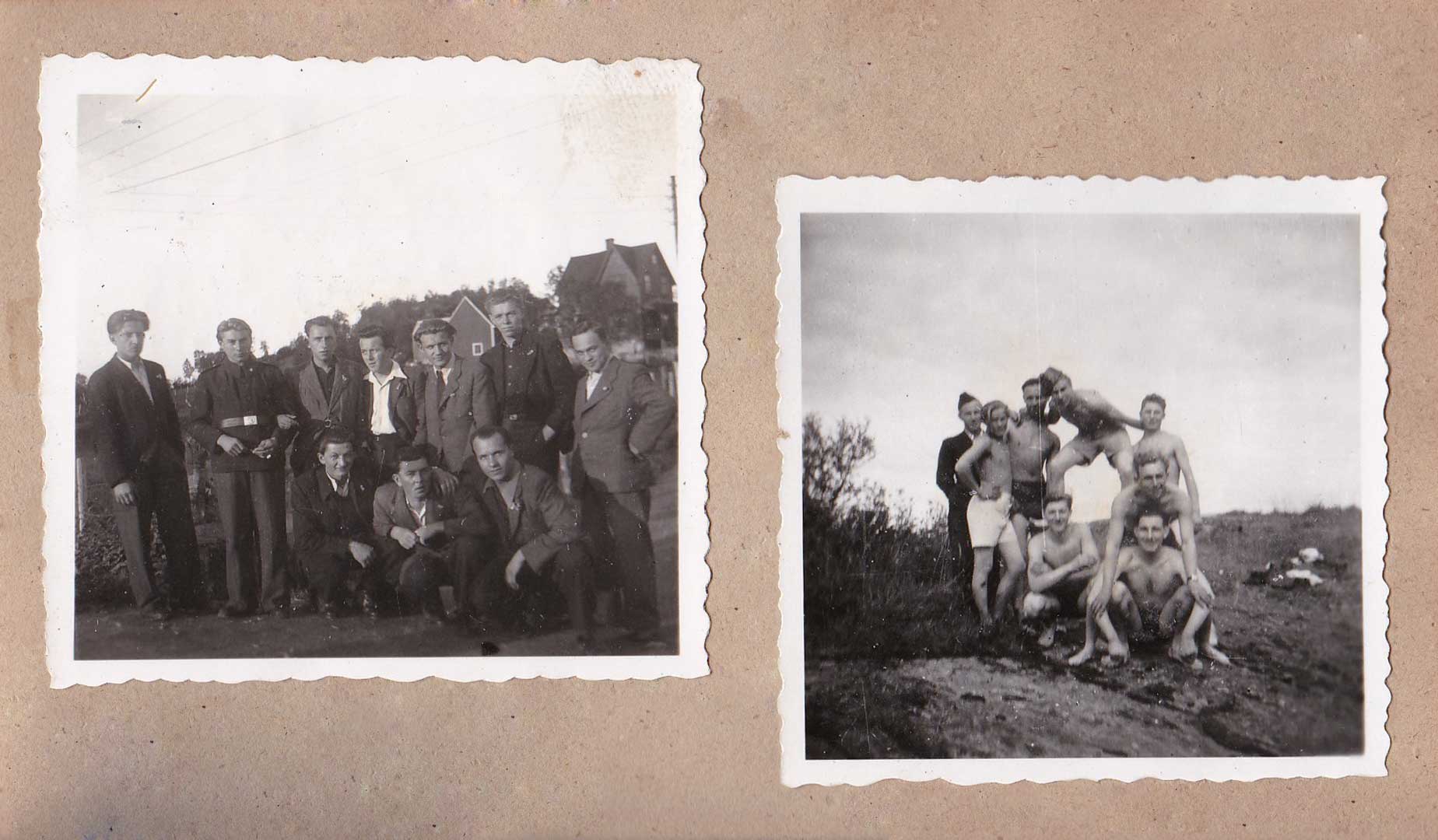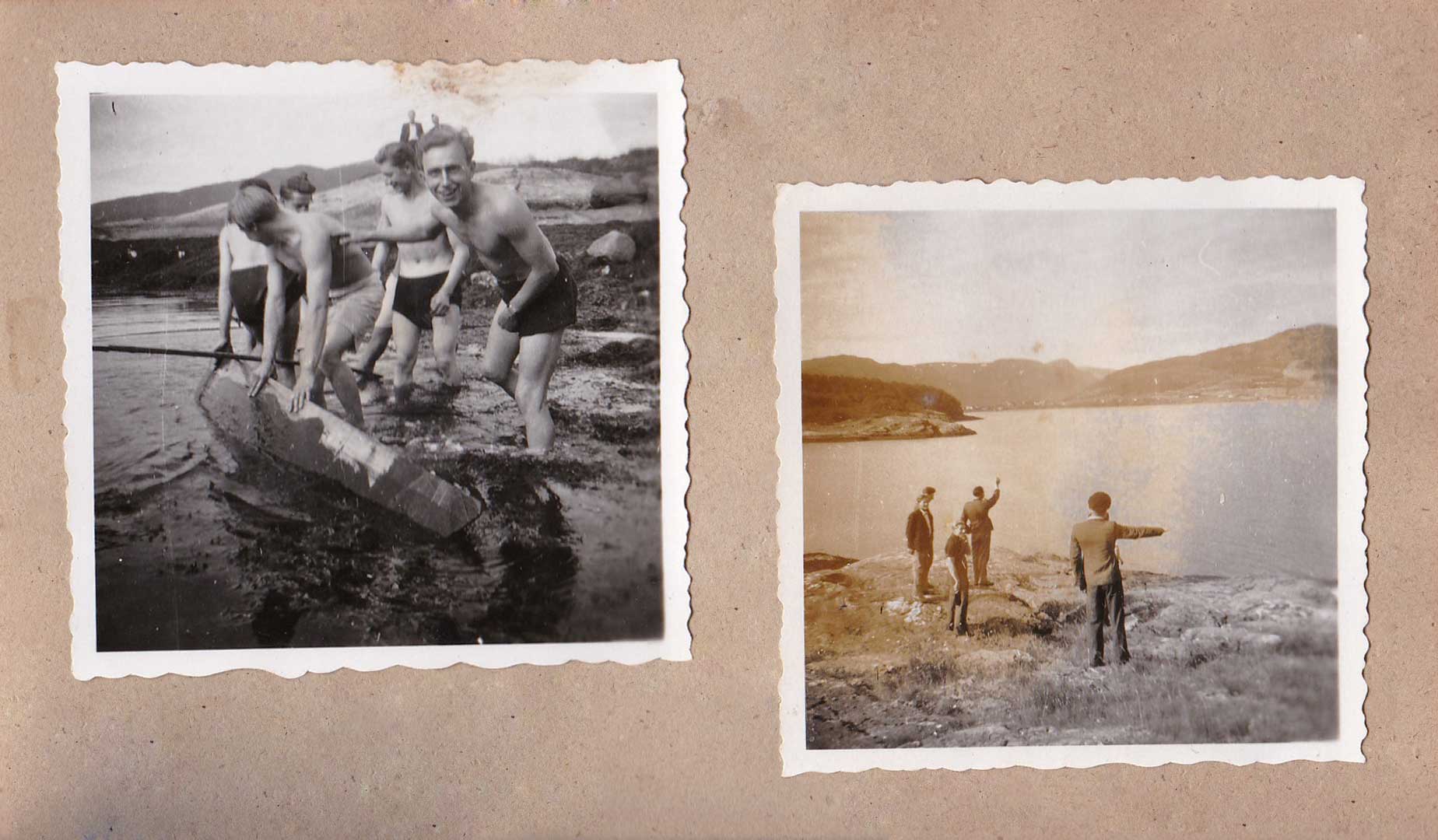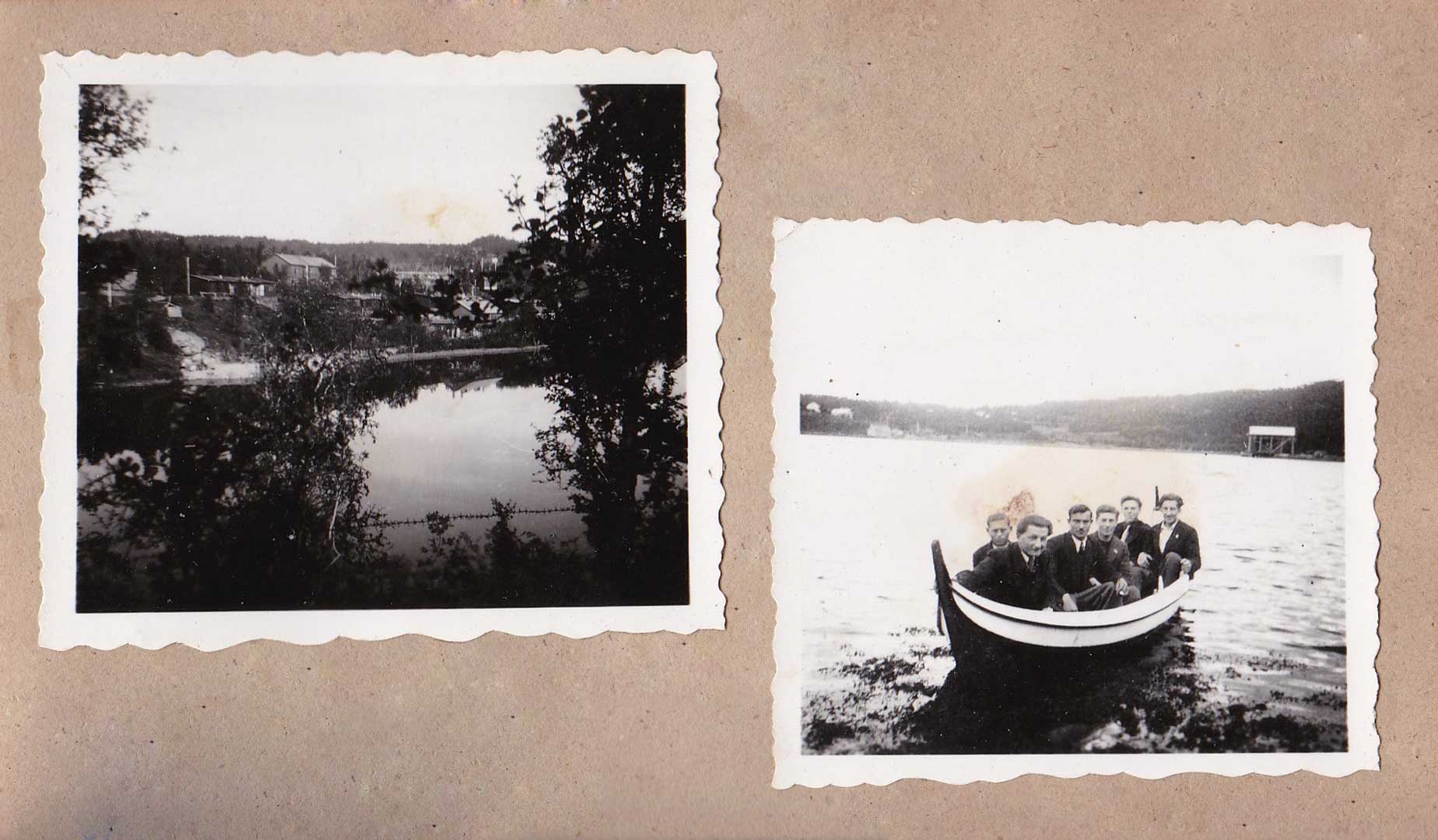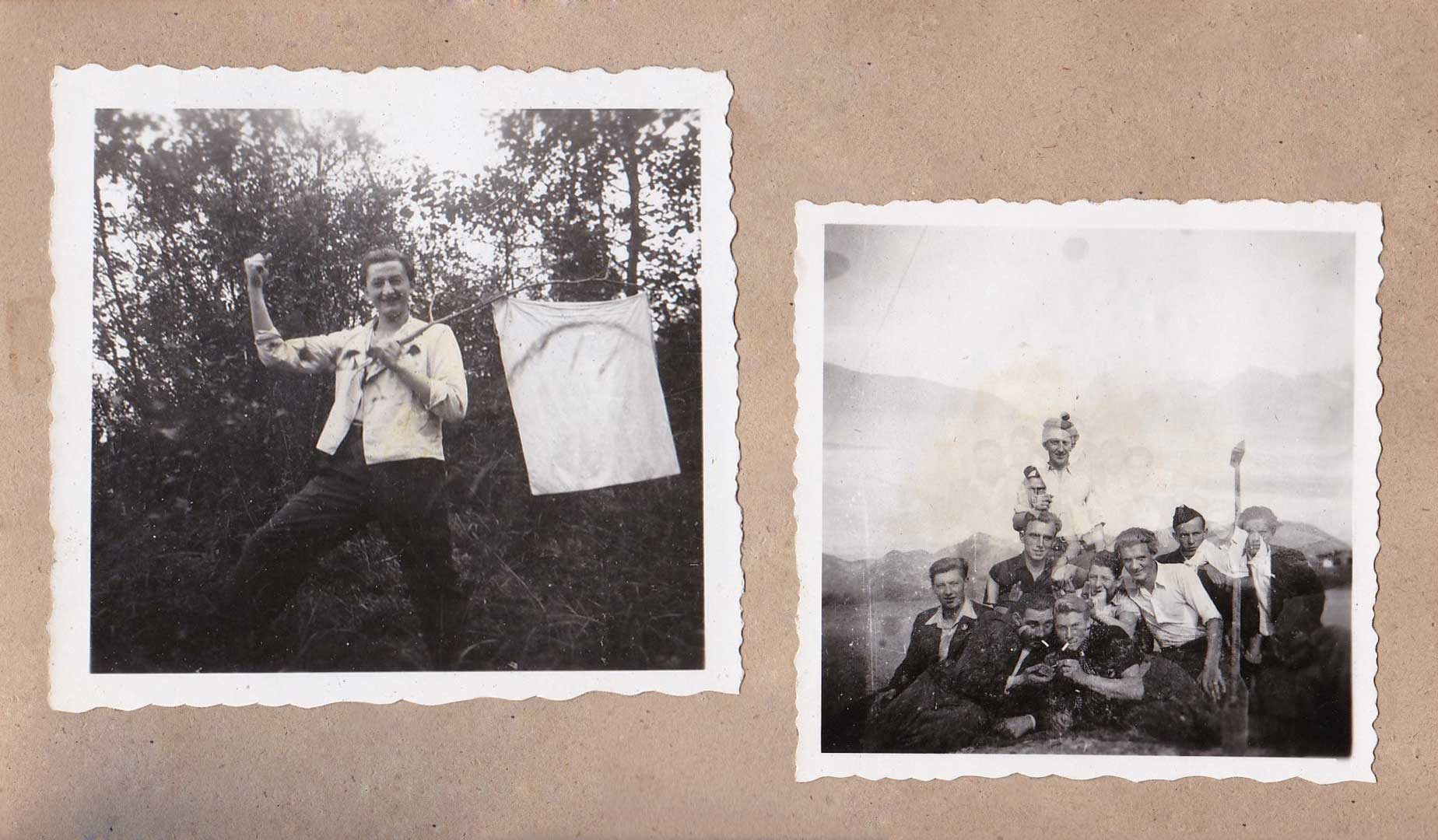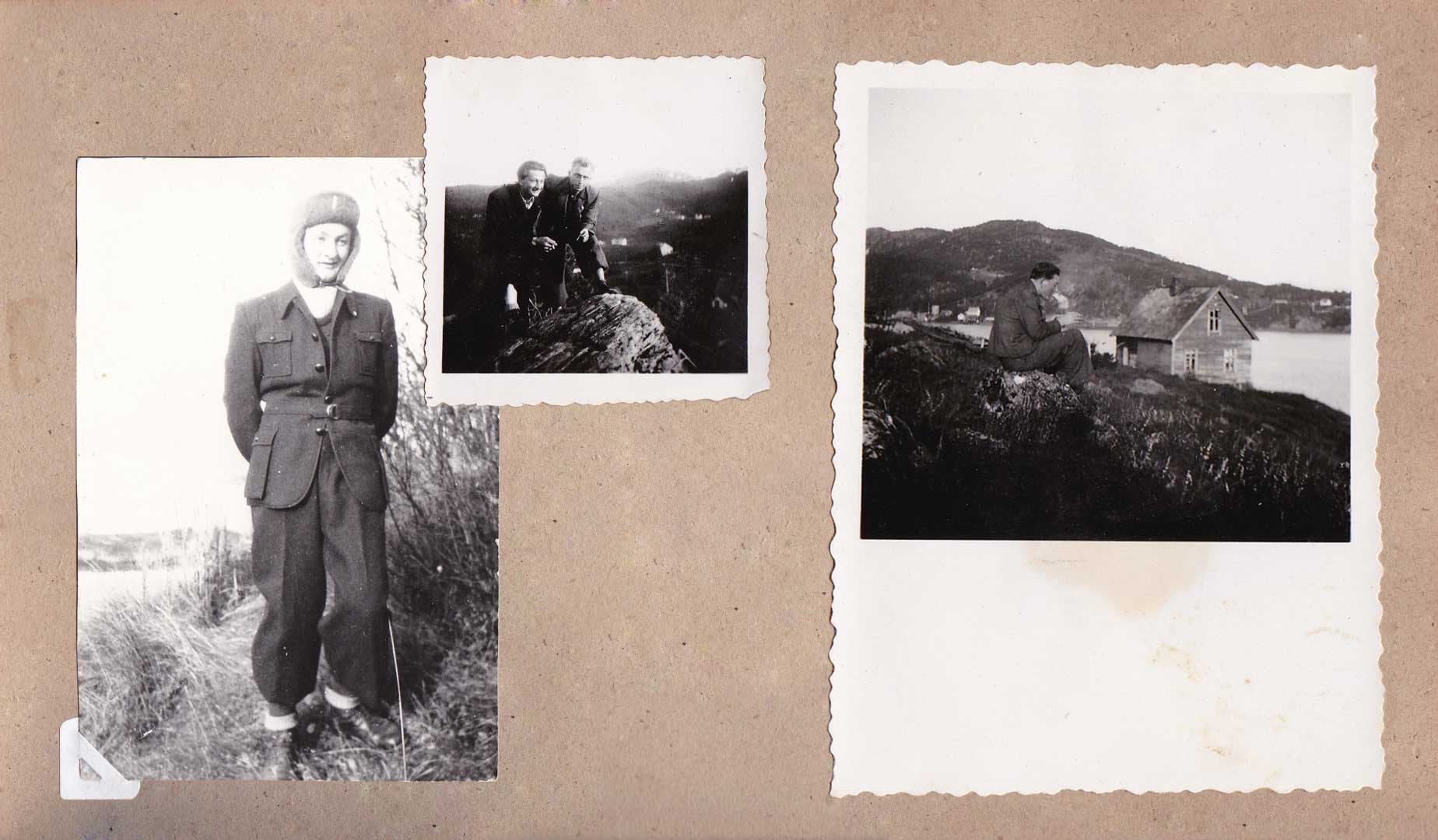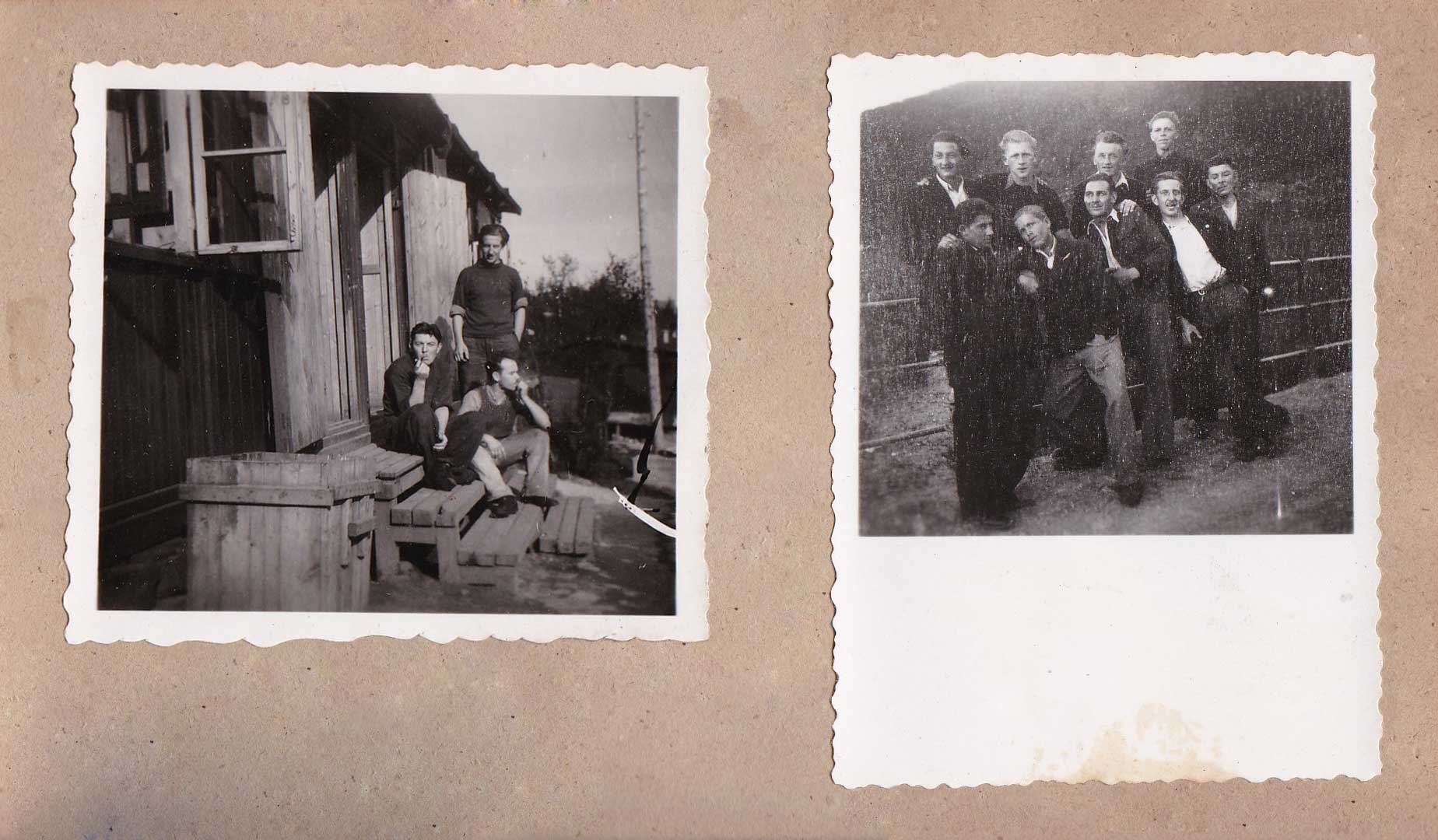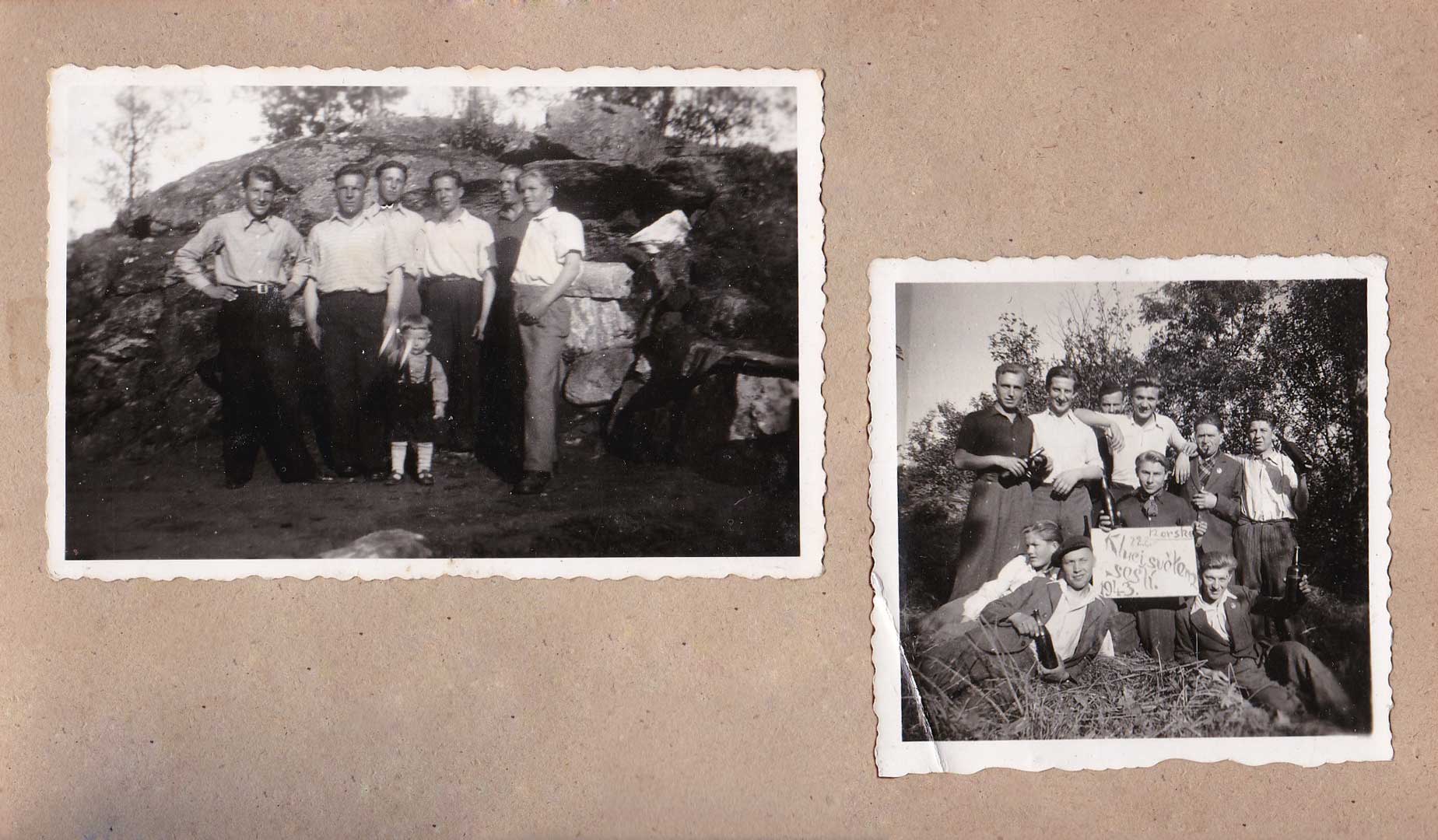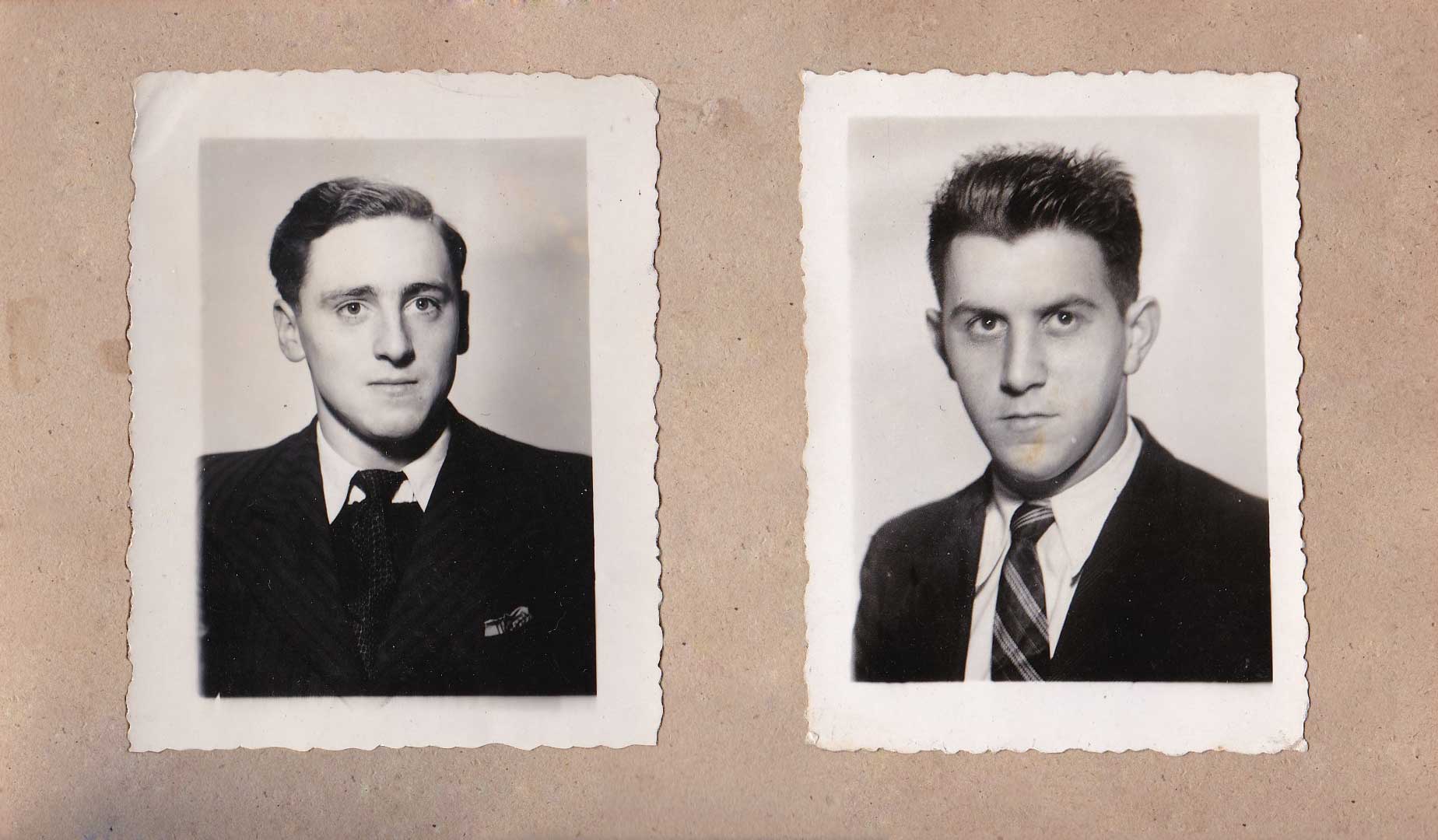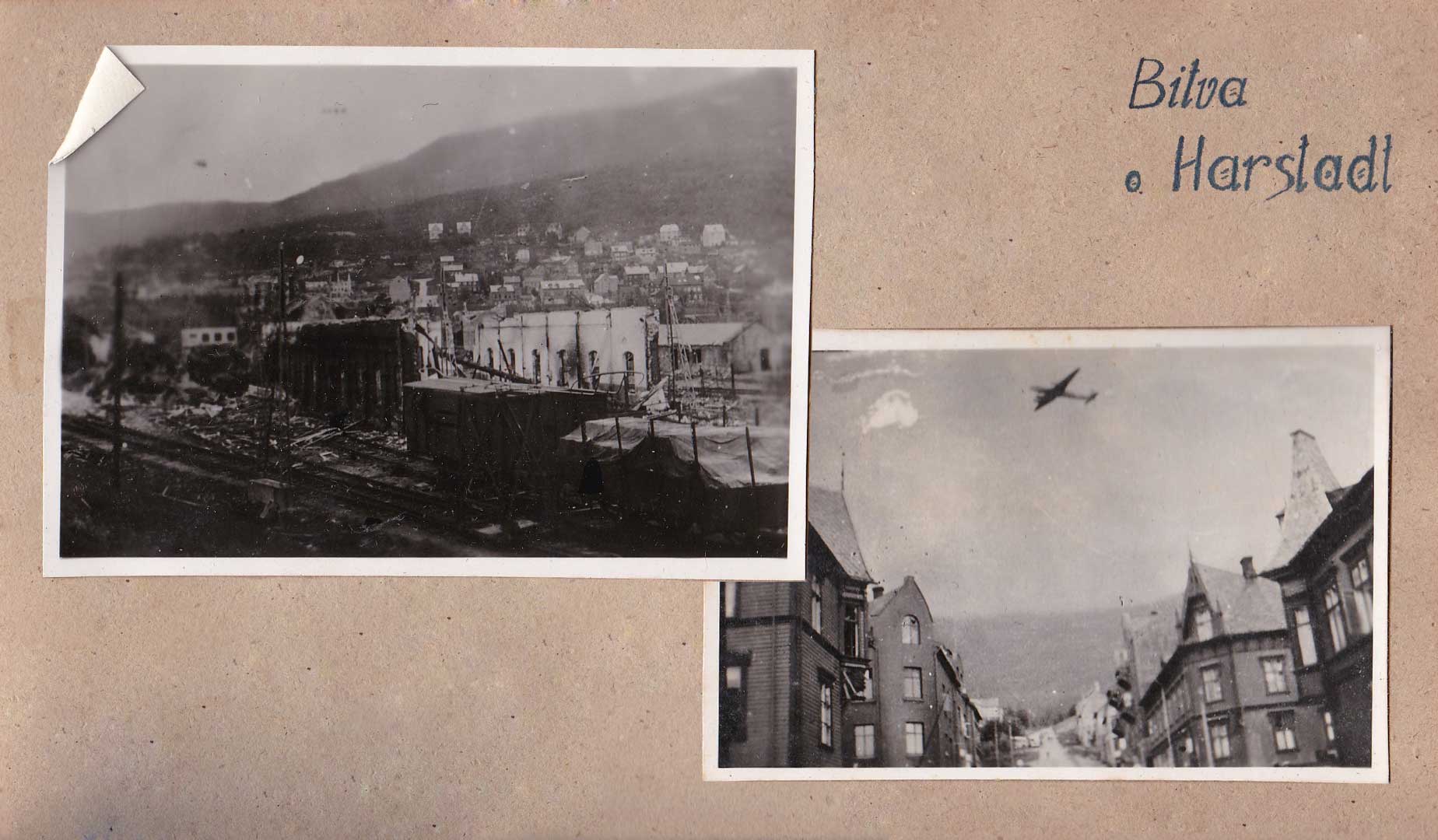
Conflicts of the 20th century
The 20th century is sometimes called, especially in the Czech Republic, “a century of conflicts”. A lot of historians work with a concept of a long 19th century and a short 20th century. In this concept, the 20th century starts in 1914 (beginning of the first world war) and so its first 14 years are not considered. On the walls of this room, you can see posters connected with important historical events that were somehow connected with Boskovice region.
Military hospital
The first world war (1914-1918) affected also our region and, of course, especially its inhabitants, although this region was not touched by any battles. A lot of men had to leave their families and economic problems influenced the life of many people. In this photo, you can see a local military hospital during Christmas time.
Legionaries
After the end of WWI, legionaries came back into newly created Czechoslovakia and of course also to Boskovice. In the Czech context of WWI, we use the term “legionary” as a designation for men who were citizens of the Austro-Hungarian Empire but they left its army and started to fight as soldiers of its enemies. It is interesting that many of them wrote diaries; one of them was Josef Dudek; a native of the small town of Olešnice, that is located 20 km from Boskovice. His diary was published in 2019. You can see there a photo of legionaries that was used during our exhibition Czechoslovak legion 1914-1920 which took place in our museum in 2016.
Part of the local chronicle desribing removal of company called Minerva
After 20 years of peace, a new huge conflict appeared in Europe – the second world war. Although this conflict is usually dated from 1939 to 1945, Czech people often believe that 1938 was the start of the war events. During this year, the infamous Munich agreement was written. Due to it, Czechoslovakia was robbed of its border area. In connection with it, a factory Minerva was moved from borderline town to Boskovice. Minerva is still a part of our town. There is a piece of text of the local chronicle where those events are described. In this room, you can see a sewing machine which was made by Minerva.
German army tank in Boskovice in 1945
Most photos depicting events of WWII are dated back to the last weeks of the war. These materials are preserved not only in Boskovice but also for in a lot of towns and villages in this region. Many of them, for example, a small town called Olešnice, show the photos on their websites.
Demolition of German explosives in 1945
We know a lot of details of the year 1945 not only thanks to several photographs but also due to several photo albums that are still preserved. One thing is problematic regarding using this type of materials. It is necessary to keep in mind that those albums were created after the war and it is presumable that there can be mistakes, for example, their sequence. Also, captions are very brief and an explorer has to find also other sources of information, for example, chronicles or official records.
Cover of a photo album. There are amateur photos taken during forced work in Norway during World War II.
Omitting economic restriction, the event which was the most hurting for most of the Czech population was the duty of Czech young people to work for Third Reich, as Nazi Germany was called. Those youth had to work in factories or agriculture either in the Protectorate Bohemia and Moravia or abroad (Germany, Norway…). Below, you can see never-published photos made by Jaroslav Kadlec from Krtenov (a small village 20 km from Boskovice), a young man who had to work in Norway and later he created albums from his amateur photos.
Soviet occupation in Boskovice (1968)
From a historian´s point of view it is hard to say if the existence of the Communist regime in Czechoslovakia is seen as a conflict or not. Most of historians claim that it is dictatorship or totalitarianism and a conflict is only a period when Czechoslovakia was occupied by the Soviet Union and its allies in 1968.
1968 in Boskovice
Browse through the photo album.
You can see never-published photos made by Jaroslav Kadlec from Krtenov (a small village 20 km from Boskovice), a young man who had to work in Norway and later he created albums from his amateur photos.
Czechoslovak War Cross 1939, given to Bernard Langr by the President of Czechoslovakia. The bronze medal is in the shape of a cross with the national emblem in the middle and two swords on its front side. On its back side, there are emblems of parts of Czechoslovakia (Slovakia, Moravia, Silesia and Carpathian Ruthenia) on the tops of the cross and an emblem of Bohemia in the middle. There is also the year 1939. To the medal, a ribbon in national colours is fastened and there are two pins.
Sub-machine gun Beretta with a cooler of a gun barrel, without a gunstock and a magazine. A rear sight is missing. The gun has two triggers for shooting with single shots and a burst. The gun is not working. Originally, the gunstock had not been preserved and its replica was created in 1994. This type of gun was made in Italy and during the Second World War was sold to Naci Germany.
Archiv a sbírky MRB.

